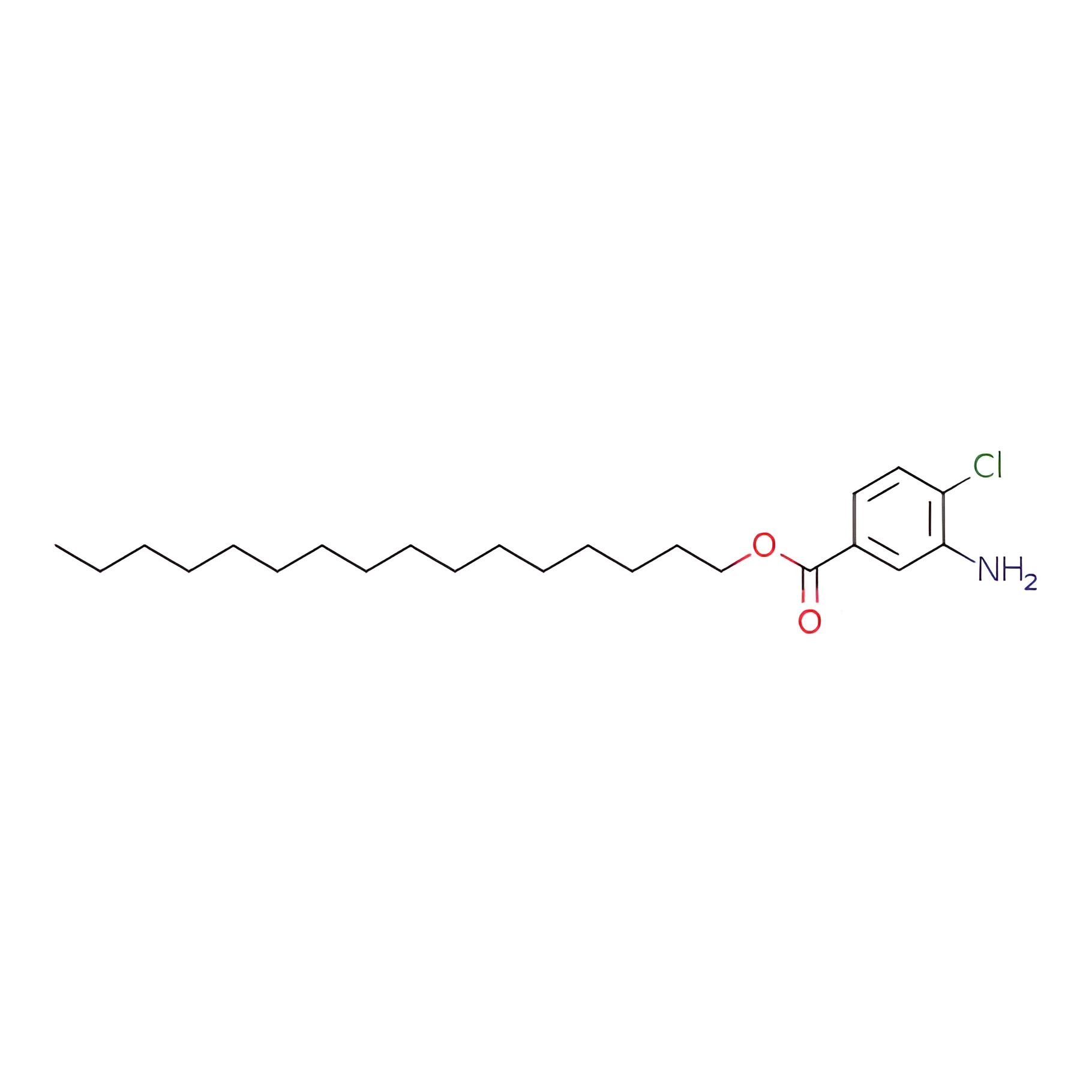
Products
Pentaerythritol tetraacetate ; CAS No. : 597-71-7

Synonyms:1,3-Propanediol,2,2-bis[(acetyloxy)methyl]-, diacetate (9CI);
Pentaerythritol, tetraacetate(6CI,7CI,8CI); NSC 1841;
Normo-level; Normosterol; Pentaerythrityltetraacetate; TAPE
Chemical Property of PENTAERYTHRITOL TETRAACETATE
● Appearance/Colour:white crystalline powder
● Vapor Pressure:0.000139mmHg at 25°C
● Melting Point:78-83 °C
● Refractive Index:1.5800 (estimate)
● Boiling Point:370.7 °C at 760 mmHg
● Flash Point:160.5 °C
● PSA:105.20000
● Density:1.183 g/cm3
● LogP:0.22520
● XLogP3:-0.1
● Hydrogen Bond Donor Count:0
● Hydrogen Bond Acceptor Count:8
● Rotatable Bond Count:12
● Exact Mass:304.11581759
● Heavy Atom Count:21
● Complexity:324
Purity/Quality
98%,99%, *data from raw suppliers
Pentaerythritol Tetraacetate >98.0%(GC) *data from reagent suppliers
Safty Information
● Pictogram(s):F,C
● Hazard Codes:F,C
● Statements:11-34
● Safety Statements:24/25-45-36/37/39-26-16
MSDS Files
Useful
Pentaerythritol tetraacetate, also known as PET, is a chemical compound with the molecular formula C14H20O8. It is a solid, white powder that is soluble in organic solvents like acetone and ethanol.PET is a versatile compound that is primarily used as a cross-linking agent in the production of coatings and adhesives. It enhances the hardness, durability, and chemical resistance of these materials. PET is also used as a stabilizer and lubricant in the production of polyvinyl chloride (PVC) plastics.Additionally, PET is used as a catalyst in various chemical reactions, such as esterifications and transesterifications. It can also act as a reagent for the protection of alcohols in organic synthesis.However, it's important to note that PET may have health and safety hazards, so proper handling, storage, and usage precautions should be followed.







